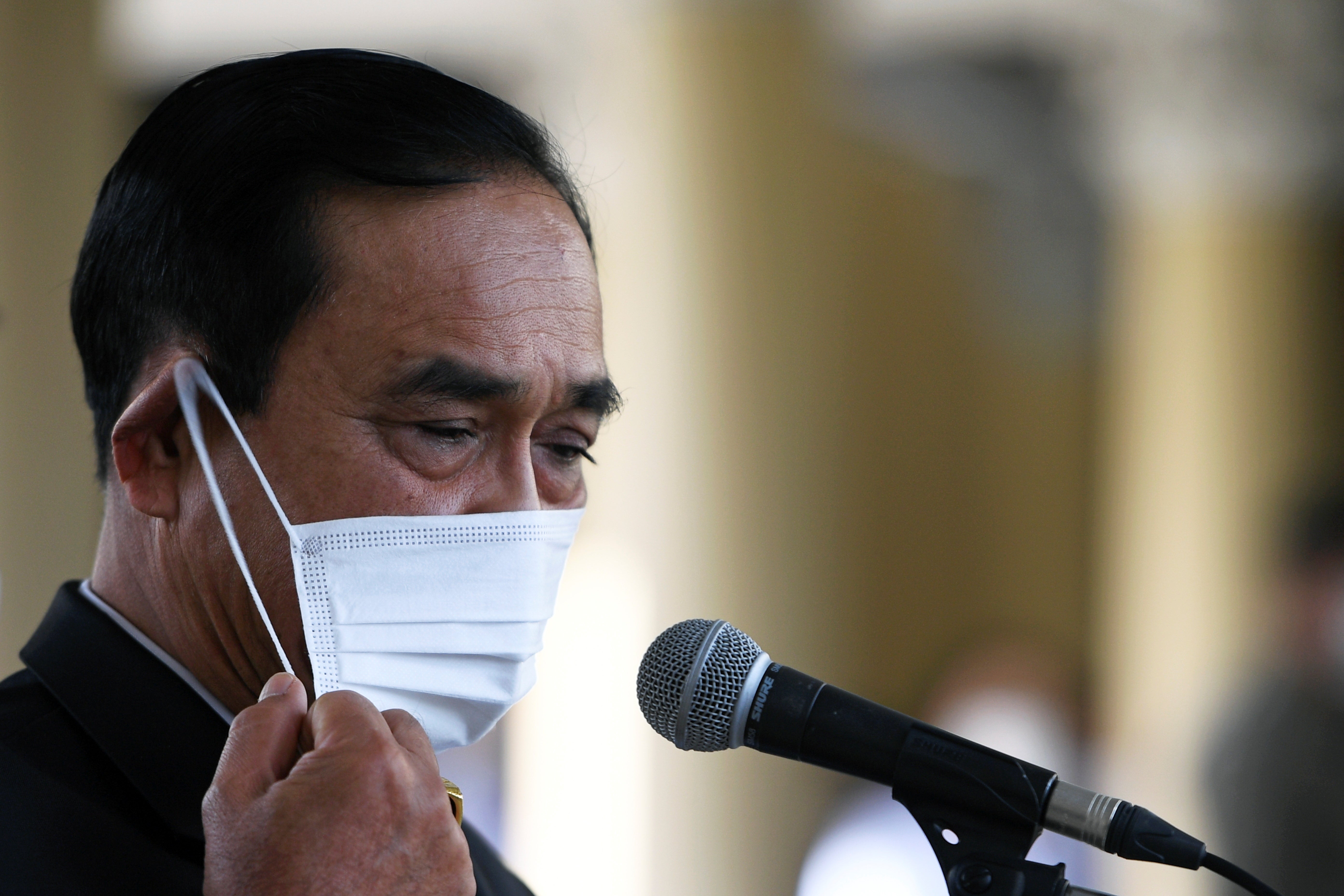COVID-19 RESPONSE AND MAINTENANCE OF ESSENTIAL HEALTH SERVICES IN THAILAND
CONTENTS

KEY INSIGHTS
Thailand’s comprehensive response to the COVID-19 pandemic kept case and death counts relatively low throughout most of 2020. At the same time, the country continued to deliver essential health services nationwide. It was able to balance these competing imperatives, in part, by adapting the preexisting strengths of the Thai health system to its new pandemic context and coordinating a coherent, top-down nationwide response.
This research has been led by partners at the Thailand National Health Foundation, in collaboration with Brown University School of Public Health and Johns Hopkins Bloomberg School of Public Health, and was supported and funded by The Rockefeller Foundation and by the Exemplars in Global Health program at Gates Ventures.
Drivers of successful pandemic response
The World Health Organization (WHO) and Global Health Security Agenda have developed useful frameworks for assessing epidemic and pandemic preparedness and response, which we have adapted for this research. Through our research, we aim to derive lessons learned about the drivers of a successful response and have developed a conceptual framework that categorizes the drivers into three consecutive groups: context and system factors, interventions, and outcomes. The following pages on Thailand’s response to COVID-19 and the maintenance of essential health services are organized according to this framework.
What were the most important elements of Thailand’s COVID-19 response?
System factors: Health system strength and structure
Mobilizing previous investments in health infrastructure, workforce, and emergency response
Decades of investment in public health insurance, infrastructure for delivering routine and emergency health services, and the health workforce enabled Thailand’s quick and early response to the COVID-19 pandemic. In 2002, Thailand introduced public health insurance schemes that cover preventive, curative, emergency, and palliative care services for the entire population. To accommodate the rapid increase in demand for services that this universal health coverage required, Thailand has made substantial investments in its health workforce over time. It has also boosted the equitable distribution of health care providers across the country, ensuring that care at the community level is not overlooked. These preexisting structures helped the pandemic response capacity of the country’s health workforce.
Likewise, the country’s integrated, multilevel health system allowed for coordination of local and regional health service delivery and COVID-19 response. This structure helped enable adaptive and responsive collaboration and action from the beginning of the pandemic.

System factors: Pandemic preparedness capacity
Leveraging strategies and tools developed for previous outbreaks

In recent decades, Thailand has successfully controlled the spread of highly transmissible viruses including SARS in 2003, H1N1 in 2009, and MERS-CoV in 2016. These experiences helped authorities recognize the need for comprehensive preparedness and early action to manage emerging communicable diseases such as COVID-19.
They also helped ensure the Thai health system had strong professional and training infrastructures already in place for a robust COVID-19 surveillance system. Key personnel networks—including surveillance and rapid response teams, a long-standing national Field Epidemiology Training Programme, and an established, trusted network of village health volunteers—enabled nationwide disease surveillance, contract tracing, data analysis, and risk communication.
Health system-level response measures: workforce deployment and shifting
Workforce adaptations during the pandemic and leveraging of a strong preexisting health workforce
Two decades of legislation designed to meet the rapid increase in demand for health services following the implementation of UHC in Thailand has built a health workforce that is robust and diverse. Between 2002 and 2018, the Thai government more than doubled the number of qualified nurses and midwives in the country and almost tripled the number of qualified medical doctors.
To enable its health systems to have sufficient workforce during the COVID-19 pandemic, the Thai government appointed nearly 40,000 contract nurses, frontline health workers, and other short-term health workers with civil servant status. Policy adaptations, including those recommending specific teams of health workers be designated to COVID-19 wards, and prohibiting their rotation to other wards, were implemented to better protect health care workers and improve delegation of tasks between those providing care to COVID-19 patients and those delivering routine health services. The government also support health workers who became sick from COVID-19, doubling workers’ compensation for health workers infected with the novel coronavirus.

Health system-level response measures: Service delivery adaptation
Adapting service delivery to mitigate obstacles to essential health services

Innovations during the pandemic bolstered the health workforce capacity and supported the uninterrupted delivery of key essential health services across Thailand’s health system. These innovations include digital technologies to support COVID-19 response and recovery, local engagement efforts such as door-to-door drug delivery, patient-centered redesign of service delivery for noncommunicable diseases, and emergency relief funds, as well as other interventions that supported basic needs.
Analysis from the Institute for Health Metrics and Evaluation of administrative data from countries shows that there were only relatively small disruptions to routine immunization coverage during the COVID-19 pandemic, with recovery to previous levels within two months. Read more in the section on health system-level response measures below.
COVID-19 RESPONSE AND MAINTENANCE OF ESSENTIAL HEALTH SERVICES IN THAILAND

Ask an Expert
Our team and partners are available to answer questions that clarify our research, insights, methodology, and conclusions.
